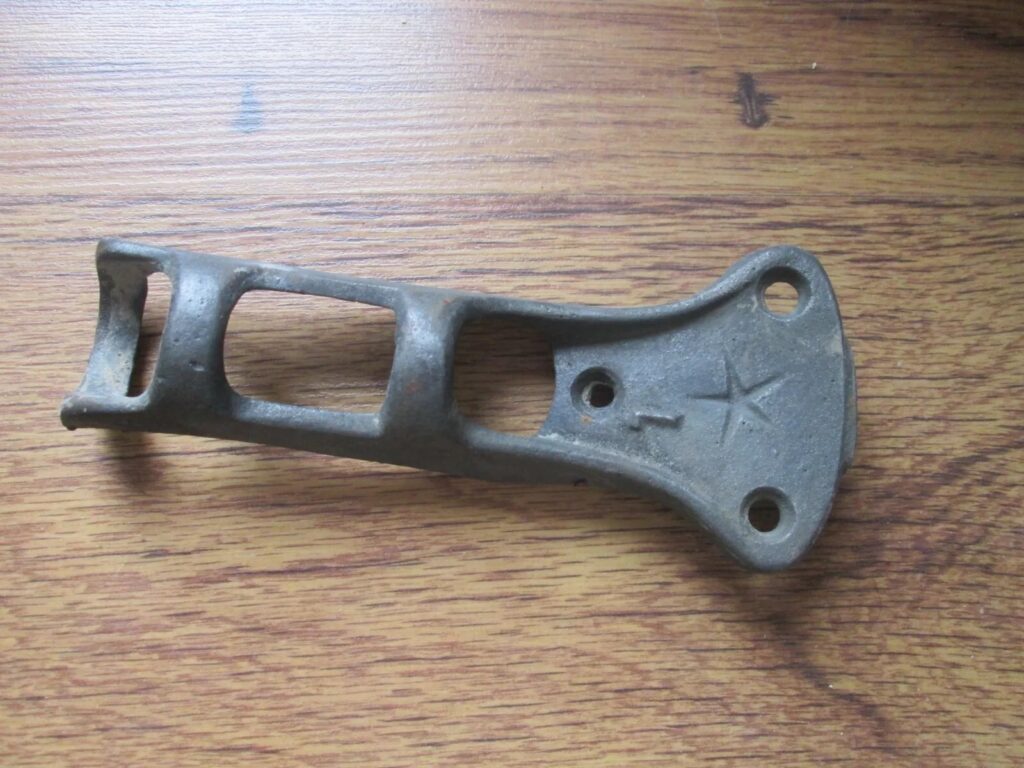Manufacturers of these brackets often employed intricate designs and robust construction methods, ensuring that the brackets could withstand various weather conditions. The use of cast iron allowed for both decorative detailing and functional strength, making these holders both practical and aesthetically pleasing.

Usage
The primary function of the vintage cast iron wall mount flag pole bracket holder is to support and display a flagpole securely. Mounted on the exterior walls of homes, businesses, or public buildings, these brackets enable the flagpole to extend outward, allowing the flag to wave freely and be visible from a distance. The bracket typically features a curved arm or hook that holds the flagpole in place, with additional support provided by the bracket’s wall-mounting design.
In addition to its practical use, the bracket often adds a touch of historical charm to buildings. The detailed craftsmanship of these brackets, such as ornate scrollwork or embossed patterns, enhances the visual appeal of flag displays and contributes to the building’s architectural character.
Legacy
The legacy of the vintage cast iron wall mount flag pole bracket holder is marked by its blend of functionality and artistry. While modern materials and designs have largely replaced cast iron in contemporary flagpole brackets, these vintage holders remain prized for their historical value and distinctive appearance. Collectors and enthusiasts often seek out these brackets for restoration projects, historical preservation, or as decorative elements in their homes.





